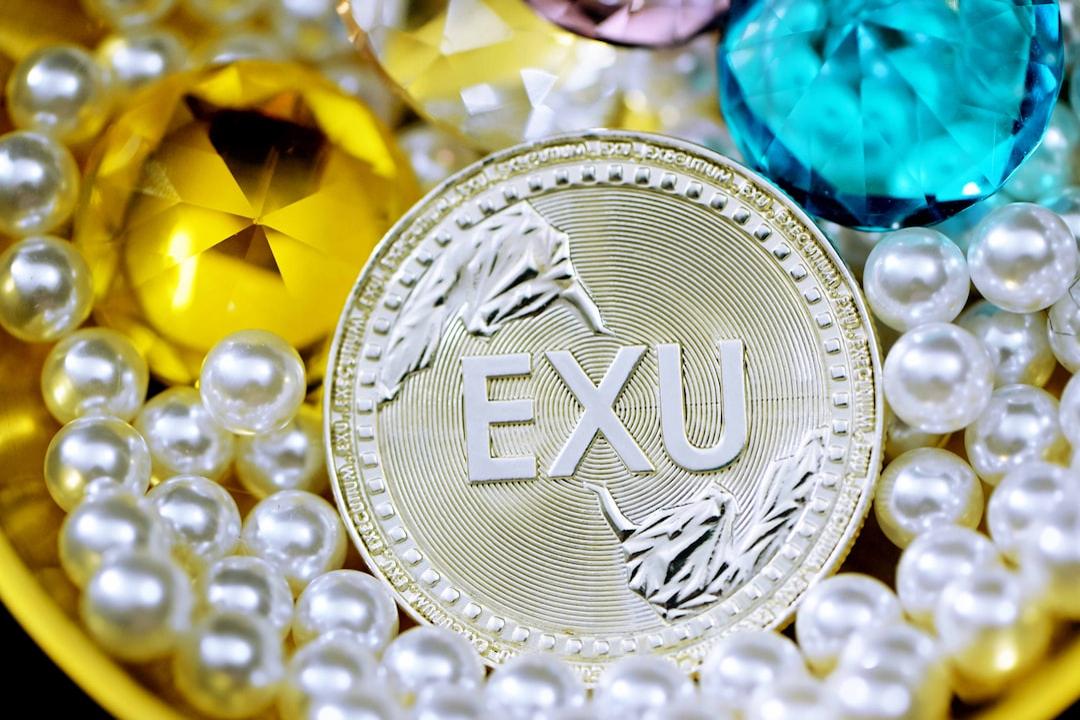Major Upgrade of Ethereum: Dencun Successfully Implemented on Sepolia Testnet, Paving the Way for Holesky Testnet
Following the successful launch on the Goerli testnet on the 17th, the major upgrade of Ethereum, Dencun, has also been successfully implemented on the Sepolia testnet this morning. This sets the stage for the upgrade on the Holesky testnet next week (2/7). If all goes well, the upgrade is expected to be launched on the Ethereum mainnet by the end of February.
(Previous Update: Progress of Ethereum Cancun Upgrade: Sepolia and Holesky Testnets to Launch in Early February, Dencun on Mainnet by the End of February)
(Background Information: Ethereum Dencun Cancun Upgrade Encounters Issues! Two Major Problems on the Goerli Testnet)
Since the Shapella upgrade in March last year, the next major upgrade of Ethereum, Dencun, was launched on the Goerli testnet on the 17th of this month. Although the finality was not initially achieved due to low validator participation (about 80%), it was eventually completed successfully.
After the successful launch of the Dencun upgrade on the Goerli testnet, the Ethereum Foundation announced again on the 25th that the Sepolia and Holesky testnets will be launched as planned at 6:51 AM on January 31 and 7:35 PM on February 7, respectively (Taiwan time).
As scheduled, the Sepolia testnet officially activated the Dencun upgrade today and completed it in about 12 minutes. Ethereum developer terence.eth happily announced on X:
“Now that the Sepolia upgrade has been successful, the last testnet, Holesky, will also launch the Dencun upgrade on February 7 as planned. If the subsequent upgrade on Holesky goes smoothly, the developers will sign the date to launch Dencun on the Ethereum mainnet. Tim Beiko from the Ethereum Foundation previously revealed that the target is to launch by the end of February.”
Dencun Upgrade: Enhancing Scalability and Reducing Transaction Costs
The term “Dencun” is a combination of “Cancun” and “Deneb”. In this upgrade, the “Cancun” upgrade occurs at the Ethereum execution layer and includes rule changes for all protocols. On the other hand, the consensus layer responsible for block verification will undergo its own fork, which is called “Deneb”. Therefore, the combined upgrade is called “Dencun”.
The Dencun upgrade includes multiple updates, with the most notable core proposal being EIP-4844: Proto-Danksharding. It introduces a new transaction type called Blob, which is used to “temporarily” store transaction data (the Blob can be deleted after 18 days), greatly improving Ethereum’s scalability and potentially reducing Layer2 transaction costs by 10-100 times.
Further reading: How Does the Blob of EIP-4844 in the Dencun Upgrade Reduce Costs by 100 Times?
The Dencun upgrade also includes several other proposals, such as EIP-1153, which introduces a “temporary storage” system to further reduce costs, and EIP-4788, which enhances transparency by storing the root of each beacon chain block in smart contracts.
Further reading: How Will the New EIP Proposals in the Dencun Upgrade Change Ethereum?
Ethereum Approaches $2,400
Ethereum (ETH) may be influenced by the progress of the Cancun upgrade and Standard Chartered Bank’s prediction last night that the Ethereum spot ETF will be approved by the SEC on May 23, with an optimistic forecast of reaching $4,000. In the early morning, it reached a high of $2,391.
Related Reports:
– Ethereum Goerli Testnet to Launch Cancun Upgrade on 1/17, Mainnet by the End of February
– Approaching the Dencun Cancun Upgrade: How Will the New EIP Proposals Change Ethereum?
– Ethereum Announces Dencun Upgrade Timeline! Goerli Testnet Launches on January 17, Mainnet in Late February
– MT Capital Research Report: Interpreting the Principles of the Cancun Upgrade and the Investment Opportunities Behind It


